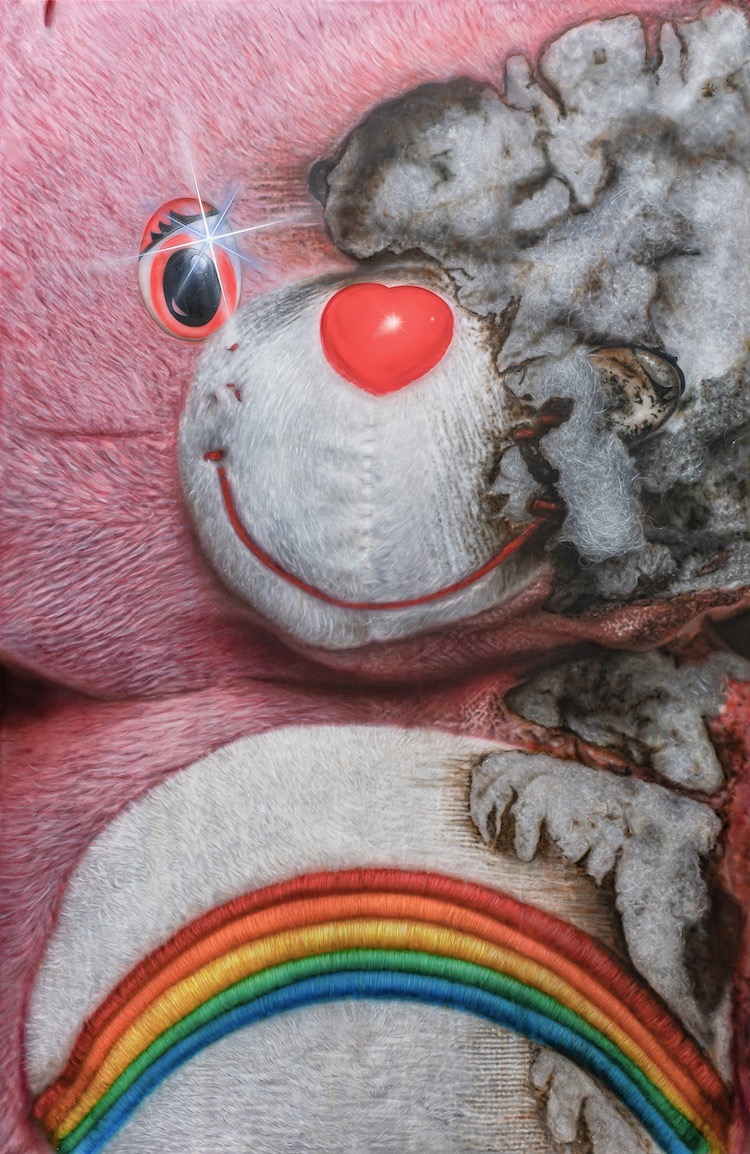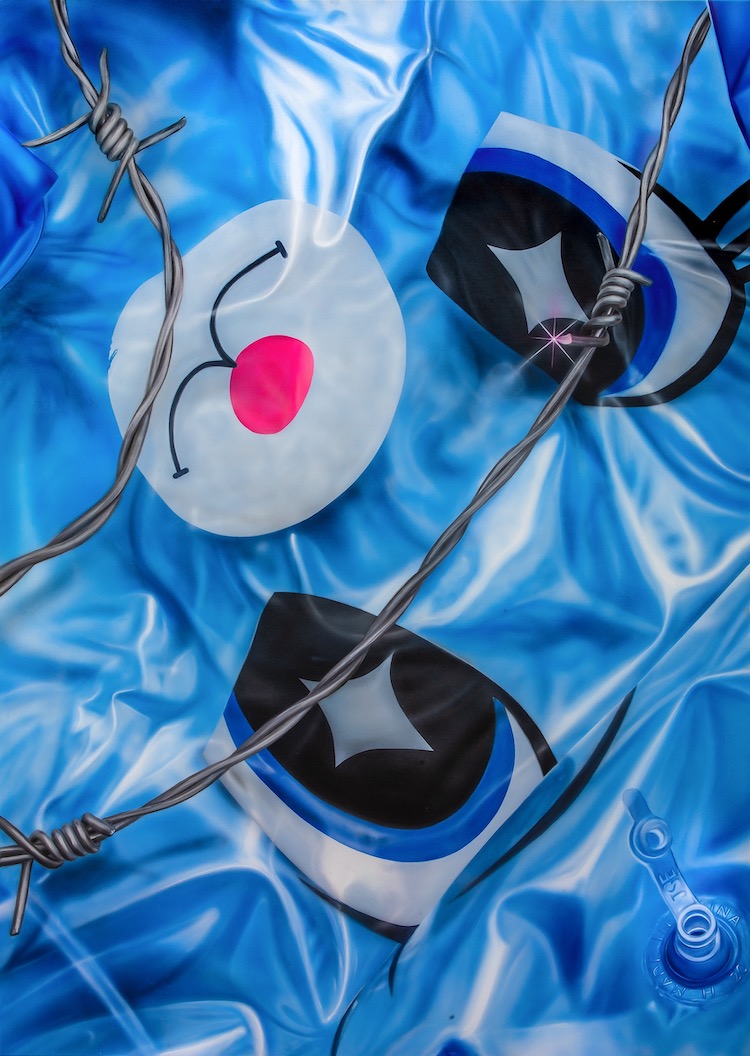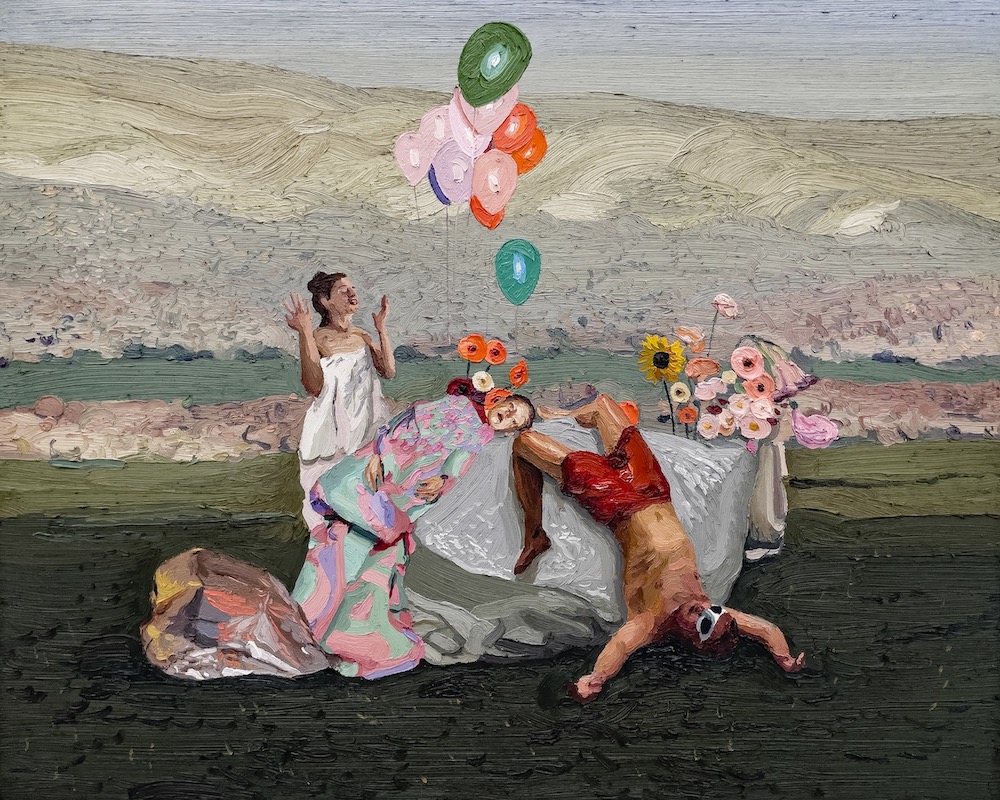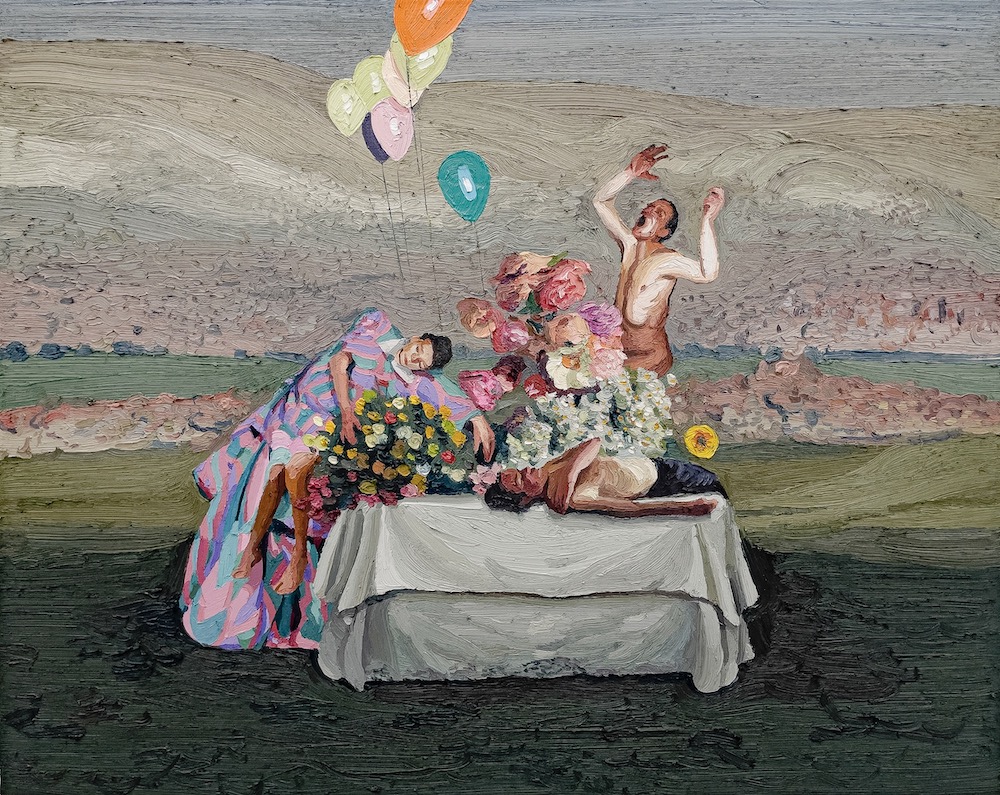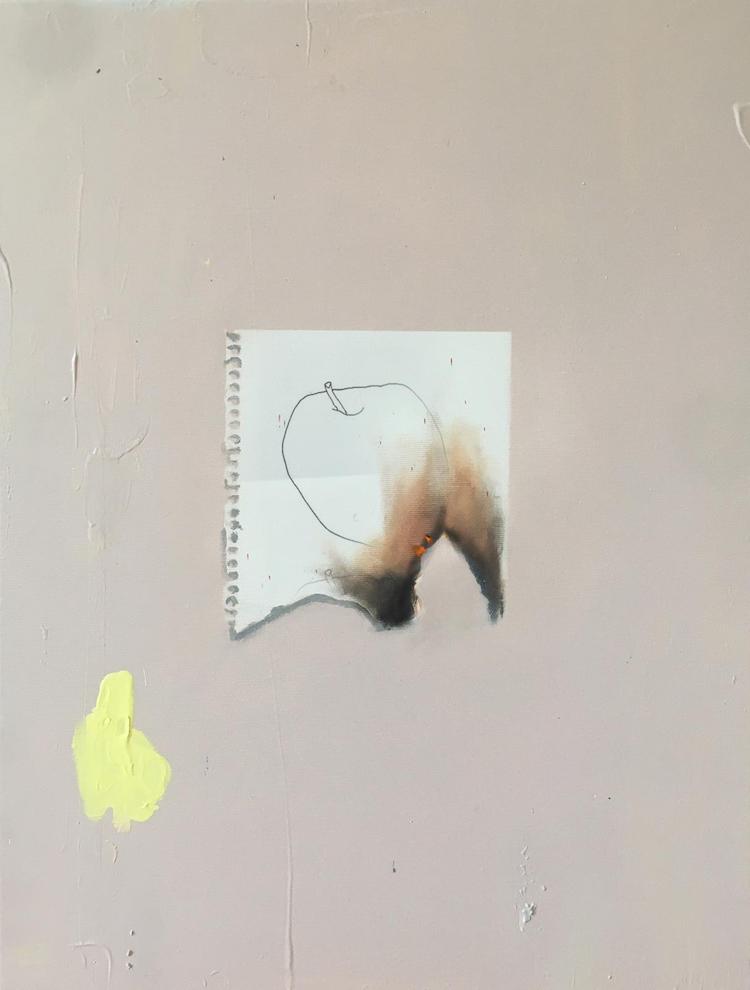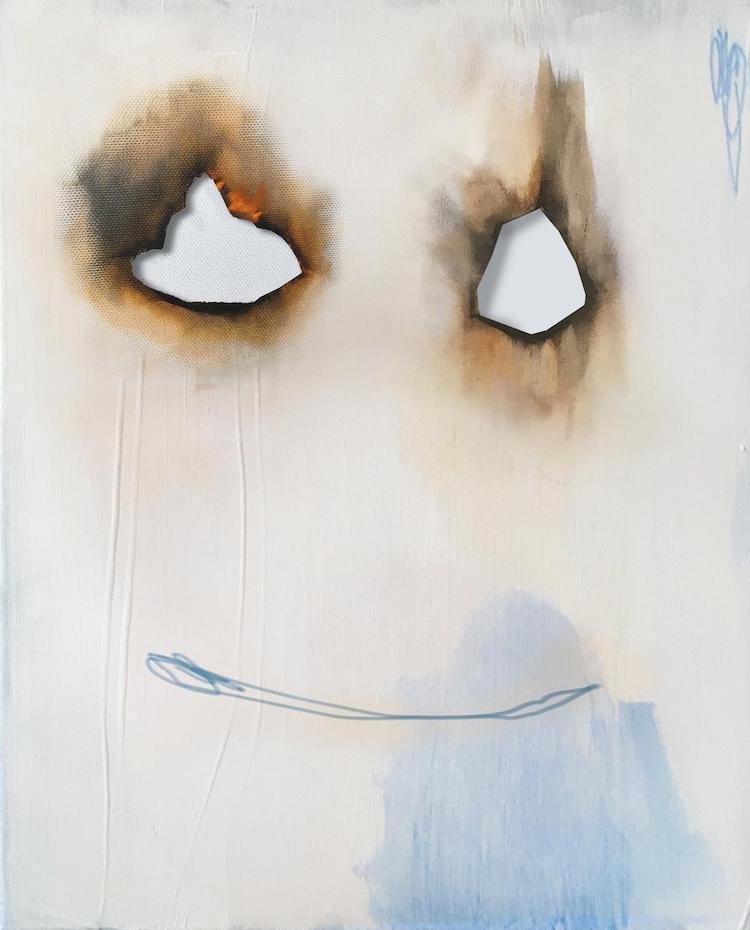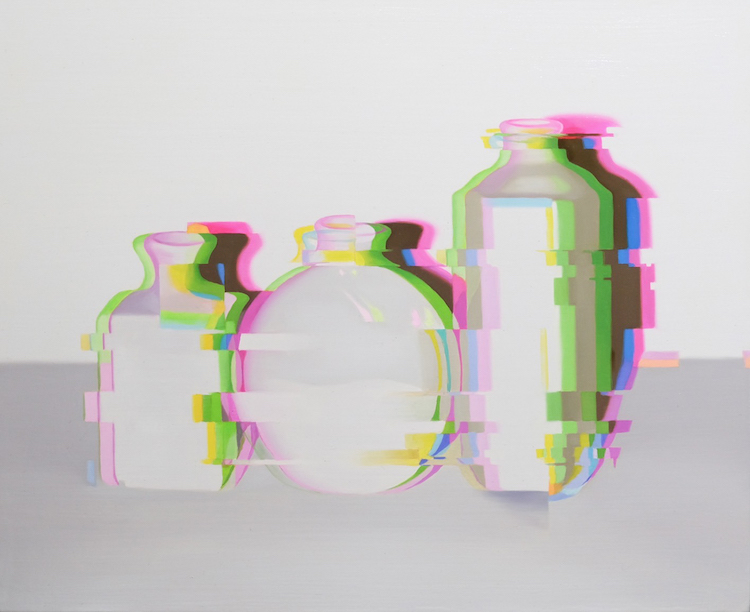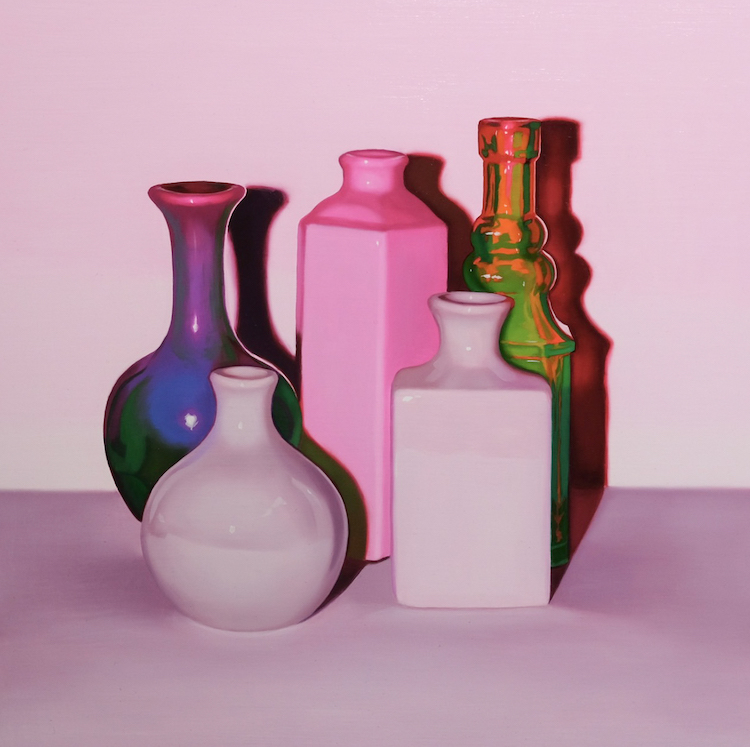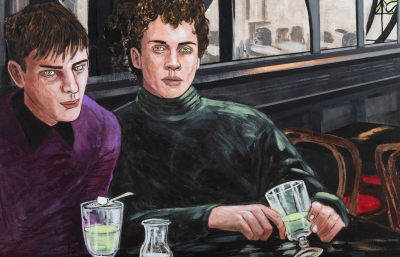Between September 17th and October 16th Plan X is proud to present Every Angel is Terrifying, a group exhibition featuring works by Merve Morkoç, Alistair Canvin, Moe Shimada, and Javier Ruiz. Curated by Saša Bogojev, the presentation explores the subjectivity of our relationship with beauty and its evolving nature in regard to humanity’s questionable concept of progress.
Regardless of how we feel about it individually, humanity’s relationship with beauty is a complex one. Since the dawn of philosophical thinking, it’s been argued that the “sense of beauty is transient in nature” (Plato, 3rd century BC), a sentiment which eventually led to the conclusion that “beauty is in the eye of the beholder”. Rainer Maria Rilke’s poem The First Elegy includes a statement about a such troubled relationship, resolutely unraveling our innate unfitness to handle it and its potentially damaging effect on our existence. And such an existential link can be deciphered as the leitmotif of the works included in this presentation.
“Sometimes there’s so much beauty in the world, I feel like I can’t take it, and my heart is just going to cave in.” - Ricky Fitts, American Beauty
Capable of recognizing the beauty in disfiguring essence of destruction, in everyday objects or even garbage, and allowing for their muses to decadently immerse in it, the featured artists also point at the changing nature of such a relationship. Introducing the debut of Alistair Canvin’s hyper-real painting practice, his focused vistas of burned or deflated childhood iconography depict a new, defaced shape of familiar beauty while using our emotional memory as the bait to relate to now useless garbage. Similarly, Merve Morkoç is interested in capturing the ravaging process of burning as a sole subject, transforming its wreckful course into sight of deceiving, almost magical beauty. Almost magical beauty of quotidian shelved bottles is in the spotlight of Moe Shimada’s oeuvre, through which Morandi’s legacy gets revived inside the digitally-powered vision of the 21st century. Finally, the decadence of the new age is the main motif of Javier Ruiz’s surreal compositions in which anonymous subjects are portrayed hedonistically enjoying their existence among a pile of random everyday objects in a barren landscape. Both pointing at the individuality and twistedness of our relationship with beauty, the underlying tone also warns us about our unsustainable and damaging relationship with the environment, the only real source of the true beauty that started the debate all those centuries ago.

